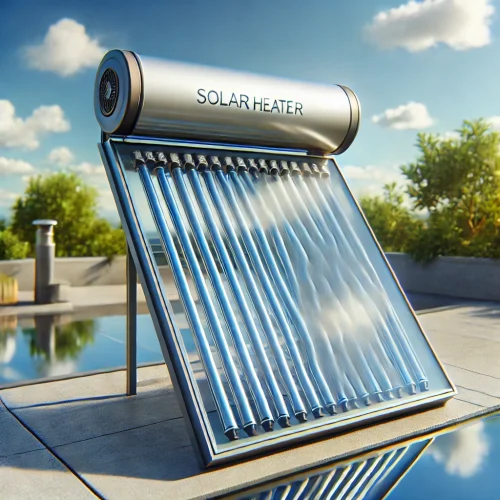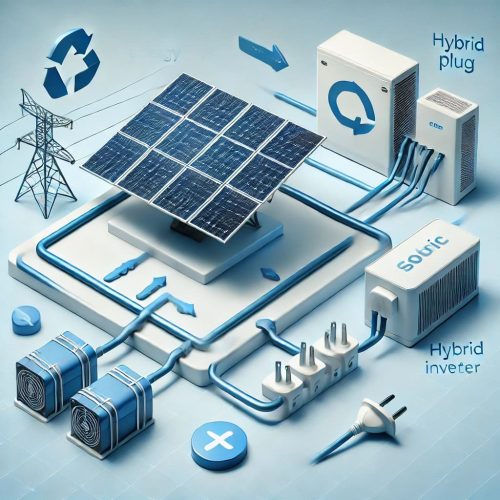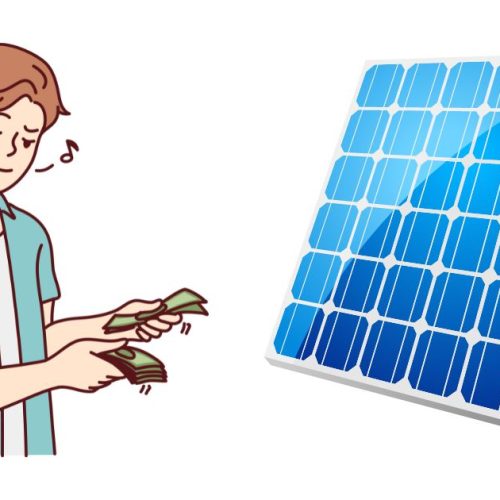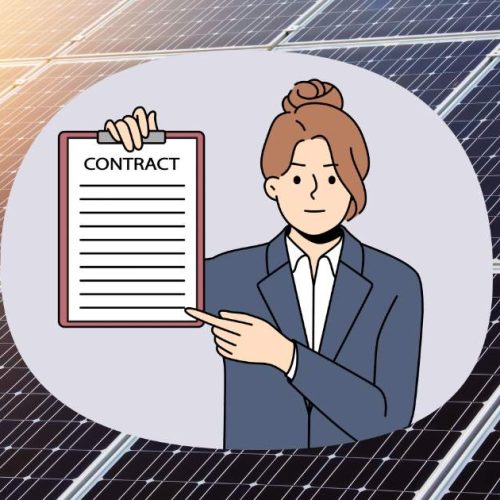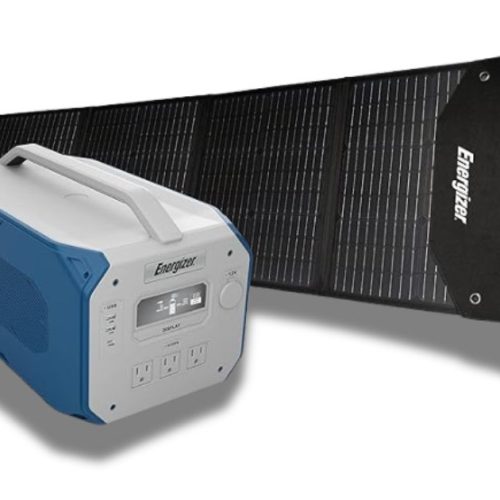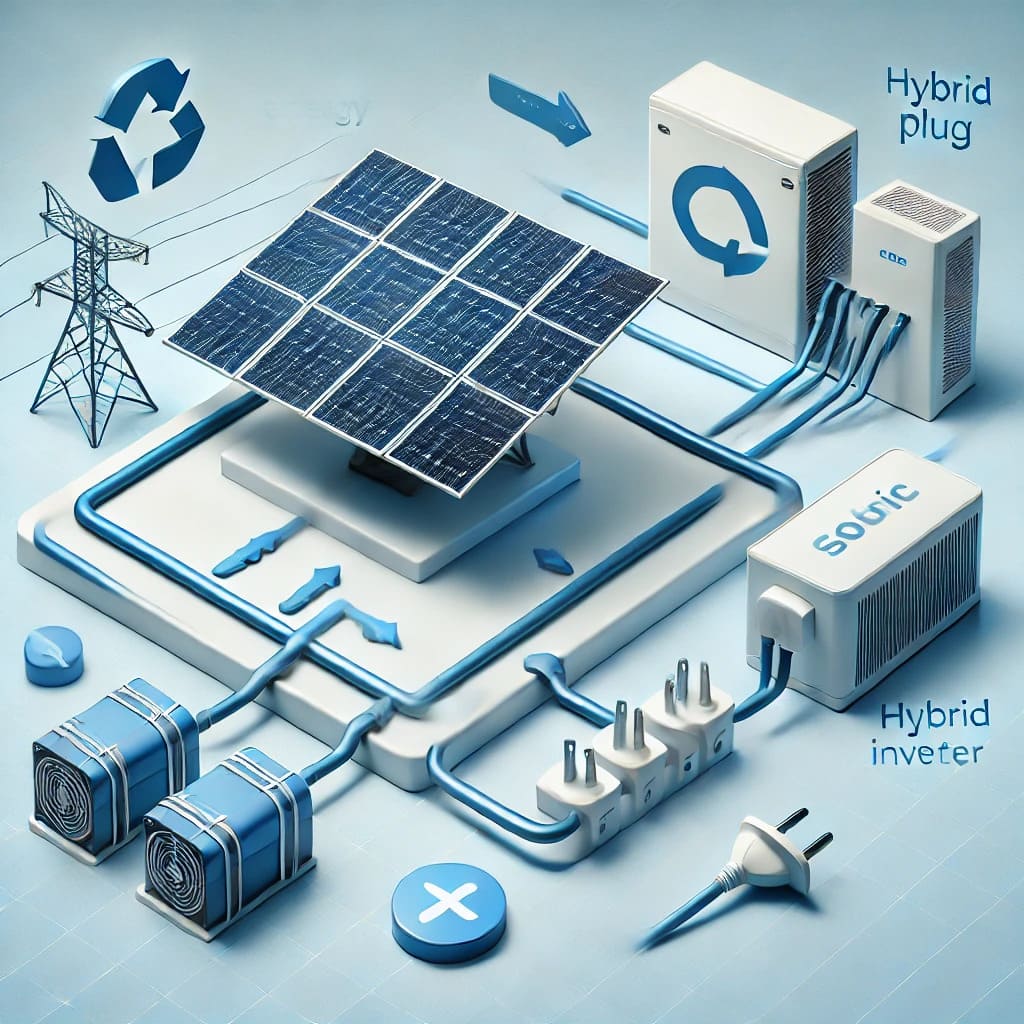As solar powered heating technology improves, single glass panel solar heaters have become a popular choice for homeowners. These units capture sunlight to heat water, pools, or even indoor spaces, providing an eco-friendly alternative to traditional energy sources. However, single-glass-panel systems can face some unique challenges that prevent users from getting the most out of their heaters. In this guide, we’ll explore common problems with single-glass-panel solar heaters and practical solutions to improve efficiency, longevity, and performance.

Common Problems with Single Glass Panel Solar Heaters
Single glass panel solar heaters, however, are economical and environmentally friendly. Here are some frequently encountered problems.
Heat loss: Single glass panels can lose heat faster than double-pane or vacuum tube systems. This can reduce efficiency, especially in colder months or windy conditions.
Limited insulation: Without a second layer of glass or vacuum insulation, single panels struggle to retain heat. It can be difficult to reach the optimum temperature.
Condensation: Condensation can build up between the glass and the absorber plate, especially in humid environments. This reduces light absorption and overall heating capacity.
Fragility and Durability: Single glass panels can be more susceptible to damage from debris, hail or even regular wear and tear.
Maintenance and Cleaning: Dust, dirt, and pollen can easily accumulate on the surface of a single glass panel, reducing sunlight penetration and efficiency.
Cold climate performance: Single-panel heaters typically struggle in cold climates where heat loss occurs quickly, affecting their performance.
Understanding Why These Issues Occur
Challenges with single glass solar panel heaters often stem from inherent design limitations. A single layer of glass offers minimal insulation, making these systems more sensitive to temperature fluctuations and environmental conditions. Understanding why these problems occur can help homeowners identify the right solution.
Thermal dynamics: Single-layer construction causes heat to be lost through conduction and radiation, which lacks the insulation found in multi-layer or vacuum-tube designs.
Humidity and moisture: Condensation occurs when there is a temperature difference between the glass surface and the absorbent plate, especially in humid conditions. Without proper ventilation, this moisture can become trapped.
Environmental Exposure: Single glass solar panels are directly exposed to the elements, increasing their risk of damage and reducing efficiency as debris accumulates.

Solutions to Maximize Efficiency and Performance
Here are some effective solutions to improve the performance and durability of single glass panel solar heaters.
Insulation and Weatherproofing
Add an extra layer of glass: Installing tempered glass can help reduce heat loss, effectively creating a double-glazed system. It is beneficial in cold regions.
Use a transparent insulating coating: Specialized coatings on glass can act as a heat loss barrier without blocking sunlight. This can significantly increase the thermal efficiency of the heater.
Install Wind Shields: Wind can remove heat from the glass surface. Installing windshields or locating the heater in a sheltered area can prevent excessive heat loss.
Insulate exposed pipes and connectors: Insulating the pipes carrying hot water from the panel can prevent heat loss during transport, further improving the system’s overall efficiency.
Preventing and Managing Condensation
Ventilation Holes: Adding small ventilation holes around the glass helps release trapped moisture and prevent condensation between the glass and the absorbent plate.
Anti-condensation coatings: Anti-fog or hydrophobic coatings can reduce moisture on the glass surface, allowing clear sunlight to penetrate.
Regular cleaning and maintenance: Clean the solar panel regularly to prevent dirt build-up, which can trap moisture and reduce system performance. Use a mild cleaning solution and a soft cloth to avoid scratching the glass.
Reinforcing Glass Durability
Use tempered glass: If your solar heater is in an area prone to severe weather, consider upgrading to tempered glass, which is more durable and impact-resistant.
Protective screen cover: Installing a screen or protective net over the panel can help block debris and reduce the risk of damage without significantly blocking sunlight.
Periodic Inspection: Inspect the glass periodically for cracks, chips, or other signs of wear. Addressing minor damage early can prevent more significant problems.
Cleaning and Maintenance
Routine cleaning schedule: Create a regular cleaning routine to keep the glass free of dust, pollen and other debris. A clear glass surface allows for optimal sunlight absorption.
Non-abrasive cleaners: Avoid harsh chemicals or abrasive cleaners that can scratch the glass. Instead, use a soft brush or sponge with mild soap to gently clean the surface.
Seasonal Maintenance: During the colder months, additional maintenance may be required to remove any snow or ice accumulation. A soft brush or broom should clean the snow without damaging the glass.
Enhancing Cold Climate Performance
Thermal blankets: Consider using thermal blankets to cover panels on cold nights. This can help retain heat within the system and reduce frost.
Anti-freeze solution: For heaters that are also used to heat water, an anti-freeze solution can be added to the water circulation system. It prevents freezing in cold temperatures and helps maintain heater performance.
Adjustable Tilt: For areas with low winter sunlight, installing an adjustable tilt mechanism can help the panel capture maximum sunlight, increasing heat even during short days.

Choosing the Right Single Glass Panel Solar Heater
If you’re considering investing in a single-glass-panel solar heater, here are some things to keep in mind in order to select the model that best suits your needs.
Climate Compatibility: Make sure the system is designed for your climate. Single-panel systems are best suited for mild or warm climates where temperature fluctuations are minimal.
Size and capacity: Choose a model that matches your heating needs. Larger panels generally absorb more sunlight, but the rate of heat loss can also be higher.
Manufacturer Reputation: Go for trusted brands with a proven track record in solar technology High-quality construction and materials can make a significant difference in the longevity of the heater.
Warranty and support: Solar heaters are a long-term investment, so choose a model that offers a solid warranty and customer support in case repairs or replacements are needed.
Cost and Energy Savings Potential
Single-glass-panel solar heaters are generally more cost-effective than double-pane or vacuum tube systems. However, the trade-off between energy savings and efficiency can vary depending on usage and location. Here are some key points to consider:
Initial investment vs. long-term savings: Single-glass-panel systems have lower upfront costs but may not be as efficient in cold climates, which can affect long-term savings.
Energy Offset: For areas with lots of sunlight, these heaters can effectively offset energy bills by providing free, renewable heat. In colder areas, efficiency and energy savings may be limited.
Maintenance cost: Regular cleaning and occasional repairs are necessary to keep the system running efficiently. Factoring in maintenance costs can help determine whether a single-glass-panel system is worth the investment.
Is A Single Glass Panel Solar Heater Right For You?
Single-glass-panel solar heaters can be a cost-effective and environmentally friendly option for providing heat, especially in regions with mild or warm climates. Although they come with certain limitations, strategic insulation, maintenance, and installation practices can help overcome most of these challenges.
By following the solutions described above, you can maximize the efficiency of your solar heater, minimize problems, and enjoy the benefits of renewable energy in your home.
Ultimately, a single glass panel solar heater can be a worthwhile investment if it fits your climate, energy needs, and budget. With proper care and adjustments, it can serve as a valuable component in a sustainable and energy-efficient home.


